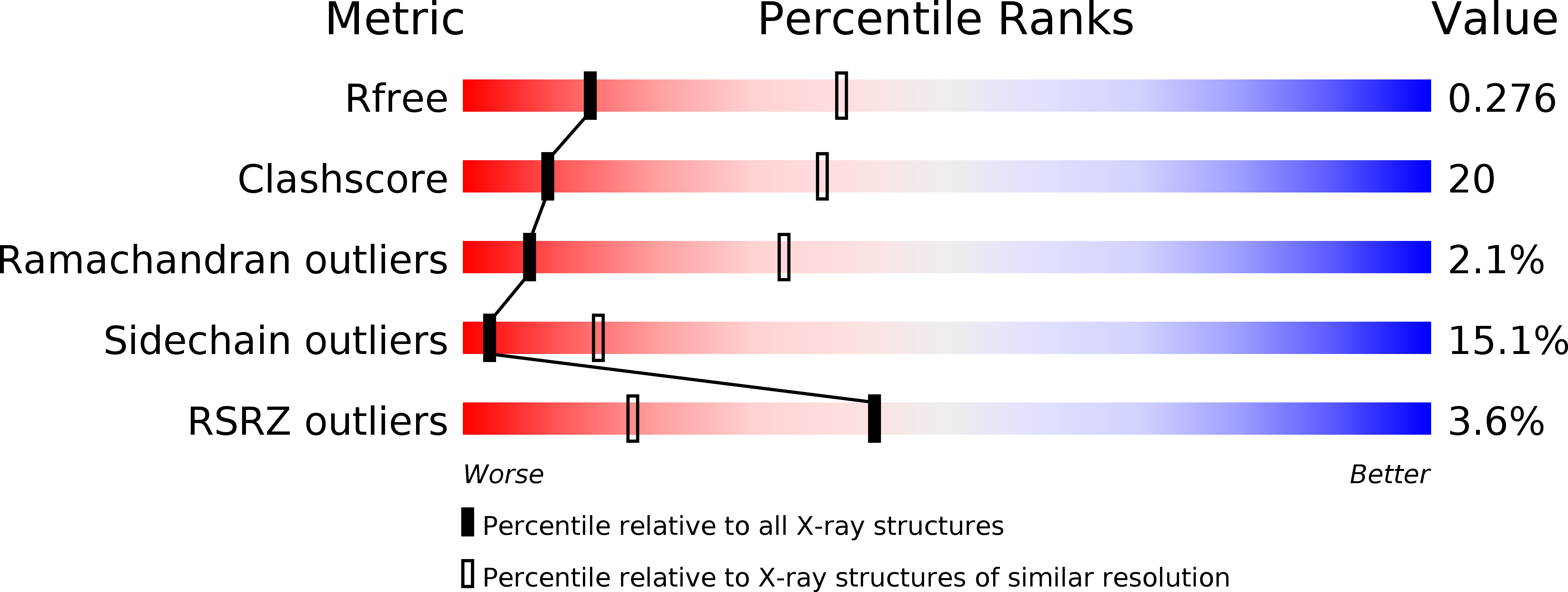
Deposition Date
2009-07-27
Release Date
2009-08-11
Last Version Date
2023-12-20
Entry Detail
Biological Source:
Source Organism:
SCHIZOSACCHAROMYCES POMBE (Taxon ID: 4896)
Host Organism:
Method Details:
Experimental Method:
Resolution:
3.01 Å
R-Value Free:
0.28
R-Value Work:
0.23
R-Value Observed:
0.23
Space Group:
P 21 21 21


